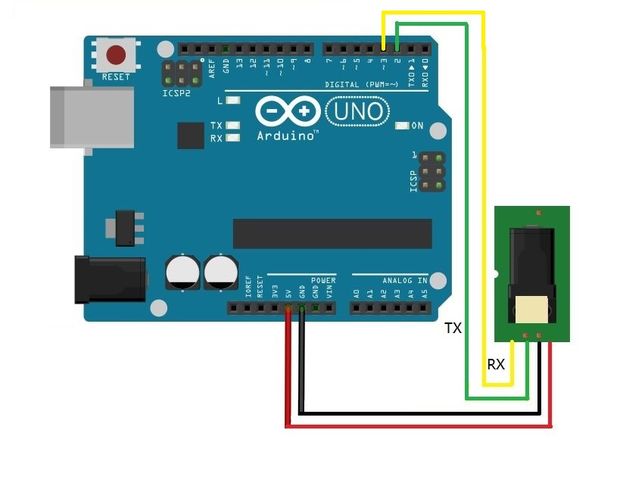Welcome to MEE218:Hardware Project by @14bme0133
Embedded In-Vehicle Authorization (EiVA)
Introduction
To provide at-par glimpse in a TL;DR, refer the imagery below »

Touch » Swirlkey » Ignition
About this project
:
Traditionally, vehicle security used to be all about keys and door locks. However in today’s digital age, it has become essential to incorporate high end technological solutions and advanced optimized computational techniques to ensure world class standards vehicle security and multi factor user authorization.
In this paper, we aspire to address such vehicle security and user recognition/validation/verification procedures problems and describe an efficient and optimal strategy for vehicle-user pair recognition and secure switching over of shared vehicles without the hassles of physical keys.
Scope of Mid-Review:
• Synopsis: • Temperament of conduct • User Experience and flowcharts • Mechanism Models • Design Models • Proposed mechanism • Operation, production and Feasibility • Cost Analysis
Timeline
-
[x] Zeroeth Review - 05.01.2017
-
[x] Mid Review - 19.02.2017
-
[x] Final Review - 25.04.2017
Synopsis:
Story 1: A locking and holding mechanism for a personal vehicle is composed of a connection device mounted to the vehicle and a receptacle mounted to a solid fixture. The receptacle is configured to directly receive and engage the connection device of the vehicle and, once received, the vehicle is locked to the receptacle held in a stable position. The connection device easily attaches a vehicle to a dock and enables a vehicle management system to charge, lock, hold in place and monitor the vehicle’s presence when docked in a charge station. When docked in a charge station, if the status of the vehicle is altered unexpectedly the vehicle is equipped with communication equipment to alert the management system that the vehicle’s status has changed. The apparatus identifies a user through an ID device and/or code. A user in good standing accesses a user interface via a communication gateway to secure access to a vehicle by electronically detaching the vehicle from the dock.
Story 2: Disclosed herein are vehicle-sharing systems and methods that reduce the need for private vehicle ownership by individuals and/or entities. The systems and methods utilize a pool of vehicles available for hire; at least one collection point at which the vehicles are issued; a central reservation system; and a system to verify user identify and reservation status wherein the system receives identifying information from a potential user, communicates the identifying information to the central reservation system which prompts the system to allow access to a reserved vehicle from the pool of vehicles available for hire in response to positive verification of the user and reservation status. In the vehicle-sharing systems and methods of the present invention, a subset of vehicles in the pool are designated to be hired by entities rather than individuals during specified time periods.
Support or Contact
Having trouble ? Check out our documentation or contact me and we’ll help you sort it out.